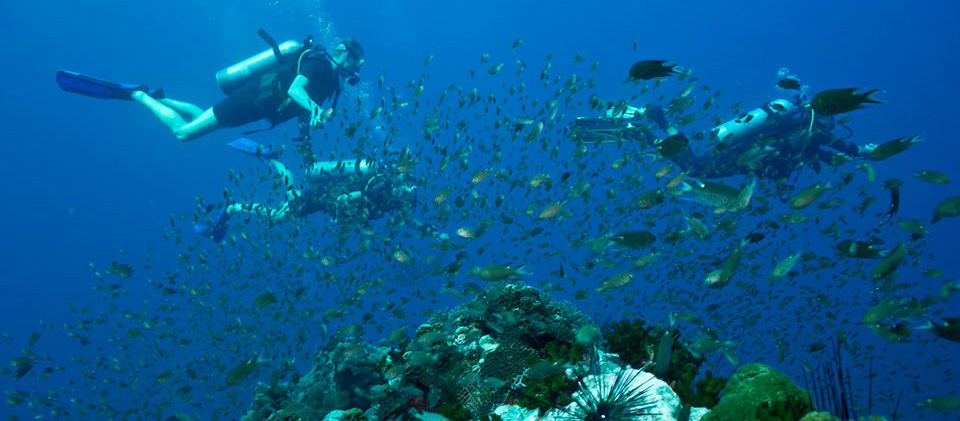With 70% of planet earth being water, divers have lots of space to explore. Even though not all of the oceans have coral reefs, there is still plenty to see when one goes muck diving. The muck is all the sediment found at the bottom of the ocean in these dive sites. It is usually a combination of natural debris, silt and sand.

The Difference between Muck and Reef Diving
When diving a reef, you are able to look around you and enjoy the entire reef scene. Not so with muck diving. Here, you will need to be a little bit more focused. You will be looking for something that looks a little off. Something may look like a leaf, but if you look closer you will find a cockatoo waspfish. The way to muck dive successfully is to look for distinguishable features such as eyes of fins. If you notice debris on the ocean floor, approach it slowly and then observe it closely. Debris is often a hotspot for critters. Of course, you will need to be extra cautious because the camouflage can be so good that you could accidentally touch or brush up on something.
The Necessity of Buoyancy for Muck Diving
You will need to have excellent buoyancy when muck diving because kicking up silt could mean that you limit your visibility quite considerably and it could also take much longer for it to clear. This means that you need to kick slowly when finning. It is best to use the froggie-style technique so that the fins are in a raised position behind you.
What You Can Hope to See
Once you are in the water, keep your eyes peeled for the blue ring octopus, frogfish, lion and scorpion fish, stone fish, pipefish, stingrays, nudibranch, moray eels, mandarin fish and devilfish among a host of others. Depending on the place you choose to muck dive, you may find that the fish are fewer by far than the crustaceans. Some of the more common ones are hardy species like cleaner shrimps and commensal shrimps. You should also look for mantis shrimps, marble shrimp, harlequin shrimp, upside down jelly fish crabs, hermit crabs and squat lobsters.
So Where Can You Go Muck Diving?
There are several places around the world:
- Indonesia – The Lembeh Strait has actually been name the critter capital of the world because of how dense the wonderful and weird marine life is and Ambon Bay.
- Bali – North and East Coasts.
- Philippines – Dumaguette and Anilau.
- Borneo – Kapalai and Mabul Islands.
- Papua New Guinea – Milne Bay.
- Australia – Nelson bay
- Norway – Gulen
- The Caribbean
- Hawaii
- USA – California


